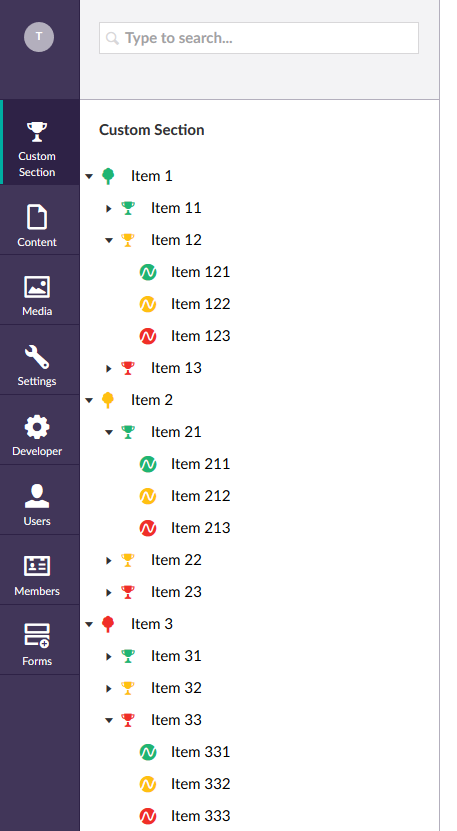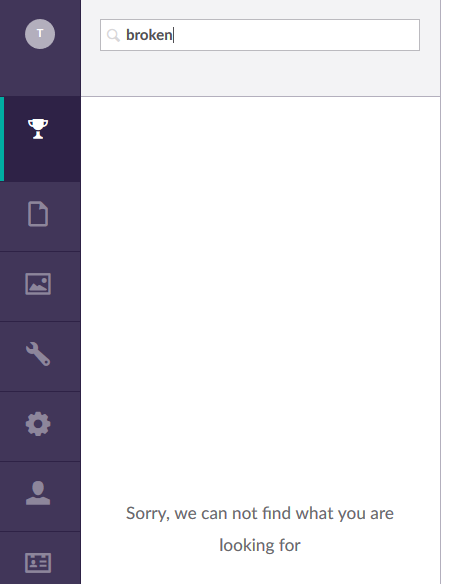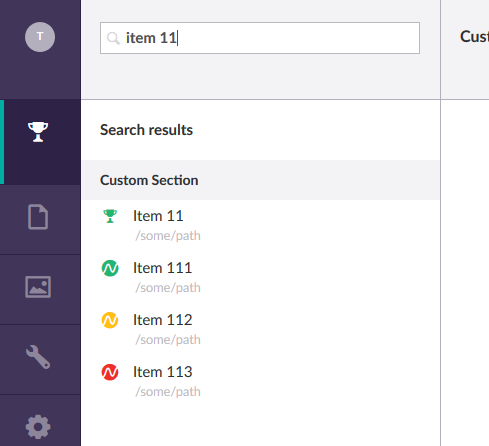Dependency Injection
Getting dependency injection working in an Umbraco custom sections is easy. Umbraco does not force you to use a certain type of DI, so you can choose anything you want.
We will be using Autofac, and use it to inject a database context based upon Entity Framework Core into our Api- and TreeControllers. Since we replace the default dependency resolvers, we need to keep in mind that we register all regular and api controllers used by Umbraco.
But first, to get everything working, install these NuGet packages:
- Autofac
- Autofac.Mvc5
- Autofac.WebApi2
And for Entity Framework Core:
- Microsoft.EntityFrameworkCore
- Microsoft.EntityFrameworkCore.InMemory
- Microsoft.EntityFrameworkCore.Relational
We will start by updating the CustomApplication class, and add register
some objects to the ContainerBuilder:
public void OnApplicationInitialized(UmbracoApplicationBase umbracoApplication, ApplicationContext applicationContext)
{
var builder = new ContainerBuilder();
//Register all controllers in Tree name space
builder.RegisterApiControllers(typeof(CustomTreeController).Assembly);
//register umbraco MVC + WebApi controllers used by the admin site
builder.RegisterControllers(typeof(UmbracoApplication).Assembly);
builder.RegisterApiControllers(typeof(UmbracoApplication).Assembly);
builder.Register(context =>
{
var options = new DbContextOptionsBuilder<CustomSectionDbContext>();
options.UseInMemoryDatabase(databaseName: "CustomSection");
var ctx = new CustomSectionDbContext(options.Options);
CustomSectionDbInitializer.Initialize(ctx);
return ctx;
}).InstancePerRequest();
var container = builder.Build();
//Set the MVC DependencyResolver
DependencyResolver.SetResolver(new AutofacDependencyResolver(container));
//Set the WebApi DependencyResolver
GlobalConfiguration.Configuration.DependencyResolver = new AutofacWebApiDependencyResolver(container);
}
To the ContainerBuilder we register all the the Controllers we need, the
CustomTreeController (and all other controllers in the custom section) and
register all the controllers included in Umbraco.
After that, we setup the CustomSectionDbContext, which uses an InMemoryDatabase.
Such a database is ideal for an example project like this. No migrations, a single initializer we use to
seed the data and no complex setup. In the repository
you can find all the classes involved with the database setup, I have omitted these
here to avoid endless code listings.
Now that we have a DbContext, we can inject everywhere. (Although in a real application,
you probably want to wrap the context in some services, and offload the context and
models to a seperate project in the same solution.) First thing we do is update the
CustomTreeController, since the menu is still hard-coded:
public class CustomTreeController : TreeController, ISearchableTree
{
private readonly CustomSectionDbContext _dbContext;
public CustomTreeController(CustomSectionDbContext dbContext)
{
_dbContext = dbContext;
}
// [..]
}
If we build and restart the website, the CustomTreeController is instantiated with a fully
initialized and seeded DbContext. We can use that object to feed the GetTreeNodes with
some ‘real’ data:
protected override TreeNodeCollection GetTreeNodes(string id, FormDataCollection queryStrings)
{
var collection = new TreeNodeCollection();
if (int.TryParse(id, out int parentNodeId))
{
var nodes = (id == "-1")
? _dbContext.Nodes.Where(n => n.ParentNode == null).ToList()
: _dbContext.Nodes.Where(n => n.ParentNode.Id == parentNodeId).ToList();
collection.AddRange(nodes.Select(node =>
CreateTreeNode(
$"{node.Id}",
$"{parentNodeId}",
queryStrings,
node.Name,
GetIconForNode(node),
node.SubNodes?.Any() ?? false)));
}
return collection;
}
Building and restarting the web site will result in something like this:

But, since there is no parameterless constructor on the CustomTreeController, the
search intergration for this section is now broken:

In order to fix this, we need to provide a parameterless constructor and fetch the
DbContext ourselves when the TreeController is constructed using the parameterless
constructor. Or remove the non-parameterless constructor and always fetch your own
dependencies in the constructor.
public CustomTreeController()
{
_dbContext = DependencyResolver.Current.GetService<CustomSectionDbContext>();
}
We only have to update the Search method to get everything working correctly:
public IEnumerable<SearchResultItem> Search(string query, int pageSize, long pageIndex, out long totalFound, string searchFrom = null)
{
var results = _dbContext.Nodes.Where(n => n.Name.ToLower().Contains(query.ToLower())).ToList();
totalFound = results.Count;
return results.Select(node =>
{
var item = new SearchResultItem
{
Icon = GetIconForNode(node),
Id = node.Id,
Name = node.Name,
ParentId = node.ParentNode?.Id ?? -1,
Path = GetPathForNode(node),
Score = node.Name.Intersect(query).Count() / (float)node.Name.Length
};
item.AdditionalData.Add("Url", "/some/path");
return item;
});
}
Rebuilding the application will result in the following:

Next
Now that we have DI working, we can really start building some real functionality. Next thing to do is to start with the custom pages, to make our custom section usefull and provide the user with some real UI.